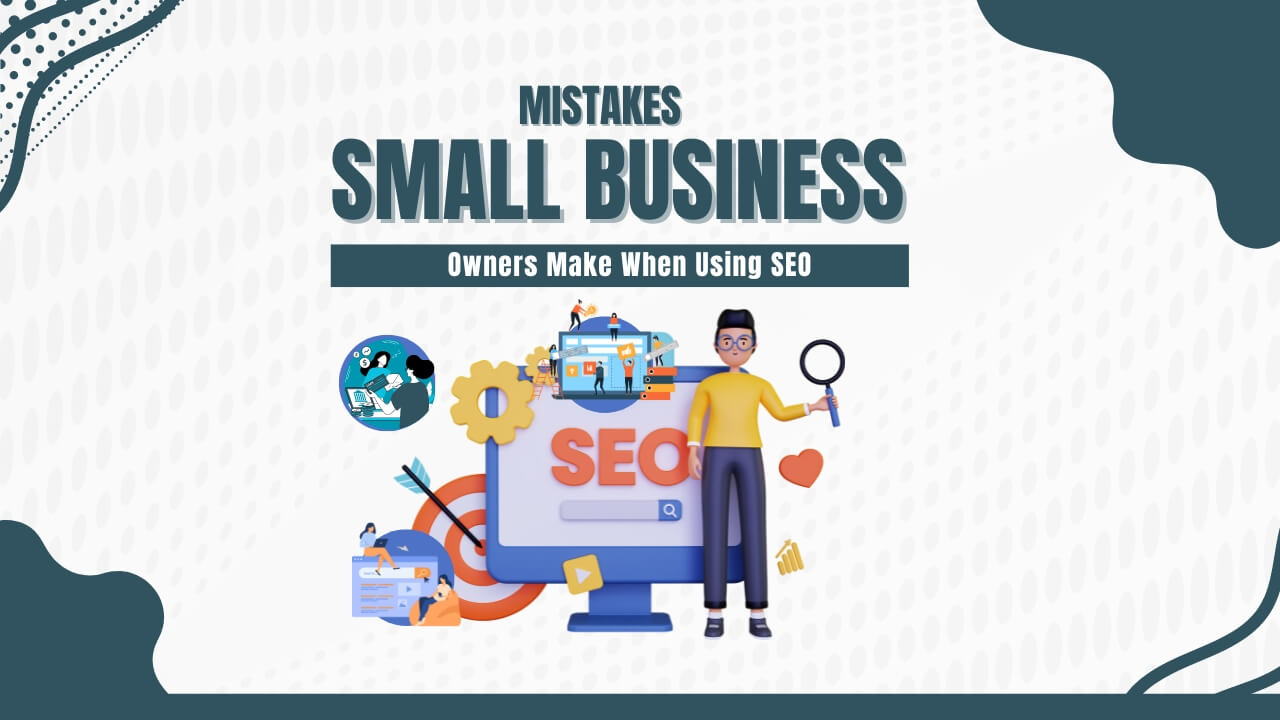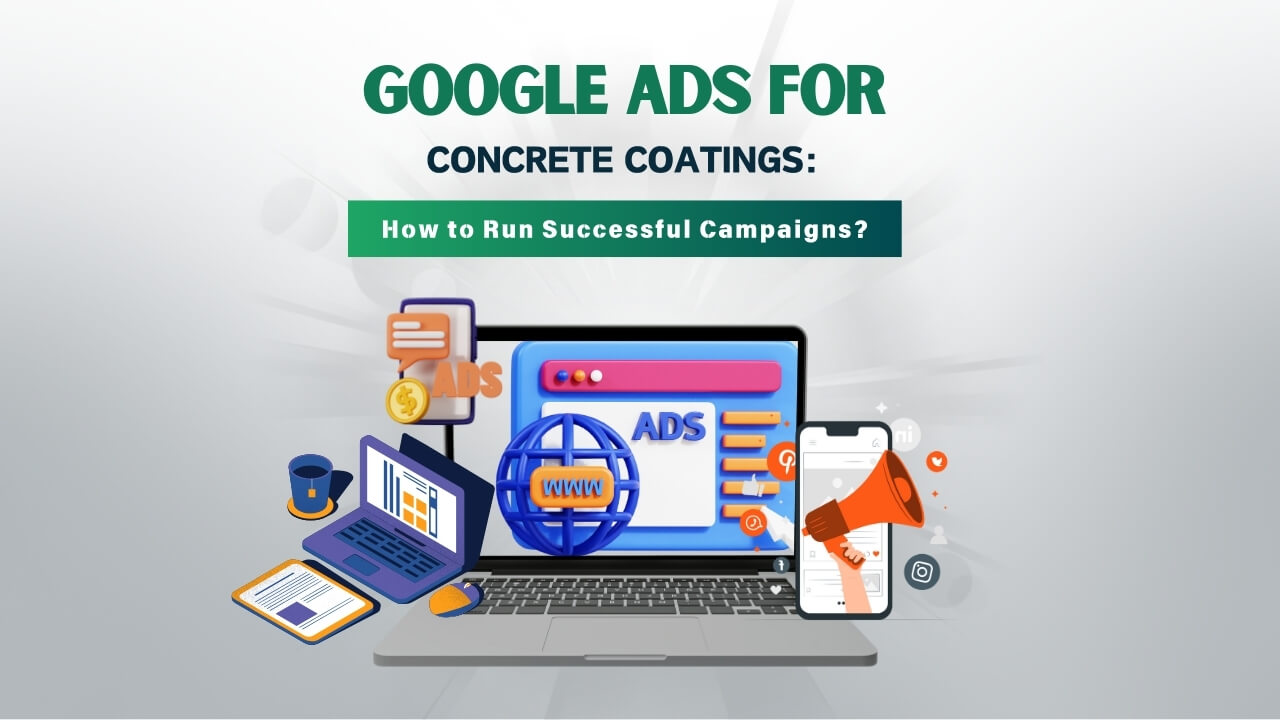Introduction
In this ever growing digital marketplace, drop shipping has become one of the popular business models for entrepreneurs who are looking to sell the products online without holding any inventory.
Success in dropshipping mainly relies on effective digital marketing strategies, to choose between Google Ads and Facebook Ads making a critical decision for many entrepreneurs.
In this blog post we will be providing you a comprehensive comparison of Google Ads versus Facebook Ads, mainly focusing on their effectiveness for their dropshipping business.
Together we will be exploring various aspects such as target audience reach, ad formats, budgeting, performance tracking, and more, and will guide you to make an informed decision on which suits the best for your effective business performance.
Overview of Google Ads
Google Ads, formerly known as Google AdWords, is the ultimate cornerstone of the digital advertising world.
It offers an immeasurable reach thanks to Google’s extensive search engine network, that allows businesses to display their ads to potential customers whenever they are actively searching for the related product and services.
This intent-driven advertising makes Google Ads particularly most effective for the dropshipping businesses, where timing and relevance can effectively impact the conversion rate.
How Google Ads Works for Drop shipping
At its core, Google Ads mainly operates on a pay-per-click (PPC) model, meaning advertisers have to pay each time whenever the user clicks on their ads.
This model is mainly beneficial for dropshipping businesses, as it allows them to effectively control the costs by paying only for ads that generate potential customer engagement.
Dropshippers can take advantage of various campaign types within Google Ads, including:
- Search Campaigns: These ads appear in Google’s search results when users search by the keywords which are related to the products. They are highly effective to capture the high-intent users who are ready to purchase.
- Display Campaigns: Utilizing Google’s vast network of websites, these visually appealing ads can effectively reach a wide range of users while they’re browsing online, not necessarily who are continuously searching for the product, which helps in building brand awareness.
- Shopping Campaigns: These campaigns are specifically designed for e-commerce, these campaigns showcase the products directly in Google’s search results, providing a visual and direct link of the product page on your dropshipping store.
Relevance to Drop shipping
The power of Google Ads in the context of dropshipping lies in its ability to effectively connect the products with consumers at the moment of highest intent.
Through careful keyword research and targeting the ad campaign, dropshippers can easily position their products in front of consumers who are ready to buy, potentially leading to higher conversion rate as compared to the advertising method.
Moreover, Google’s sophisticated targeting options, including geographic, demographic, and device targeting, allow for the tunning with the campaigns to reach the most relevant audience segments.
This precise targeting ensures that the advertising budget is spent efficiently, maximizing the return on investment (ROI) for dropshipping businesses.
Overview of Facebook Ads
Facebook Ads represents a dynamic and versatile platform for digital advertising, leveraging the social networking giant’s and covering a vast user base.
With over 2.8 billion active users till date, Facebook is an effective option for dropshipping businesses looking to promote their products.
Unlike Google Ads, which mainly focuses on the user search intent, Facebook Ads excel in creating demand through interest-based targeting and engaging ad formats.
How Facebook Ads Work for Drop shipping
Facebook’s advertising model is built to connect businesses and their potential customers based on interests, behaviors, and demographics, rather than their immediate search intent.
This effective approach allows dropshippers to introduce their products to the users who may not be actively searching for them but are likely to be interested in the product based on the user interaction and the product popularity.
Key features of Facebook Ads for dropshipping include:
- Detailed Targeting: Facebook Ads provide granular targeting options, including interests, hobbies, life events, and more, enabling dropshippers to effectively reach the targeted set of audience segments that are more likely to be interested to buy their products.
- Variety of Ad Formats: From single image ads to videos, carousels post, and other interactive formats like Instant Experiences, Facebook has a wide range of ad formats that can easily capture user attention in different ways.
- Custom Audiences and Lookalike Audiences: These powerful tools allow dropshippers to effectively target the users similar to their existing customers or those who have already interacted with your content, helping to expand their reach to potential buyers likely to convert.
Relevance to Drop shipping
For dropshipping businesses, Facebook Ads are very much important to build brand awareness and to attract the potential customers through the sales funnel.
By targeting the users based on their interests and online behavior, dropshippers can effectively introduce their products to their wide range of audience discovering more and more that can effectively drive sales.
Furthermore, the platform’s advanced analytics and reporting tools provide deep insights of the ad performance and audience engagement, enabling dropshippers to refine their strategies and to effectively improve their campaign.
This ultimate process of testing and optimization is very important for maximizing the ROI of Facebook advertising campaigns in this competitive landscape.
Target Audience and Reach
Choosing the right advertising platform between Google Ads and Facebook Ads is very difficult. It requires a proper understanding of their capacities for targeting and to effectively reach the targeted audience.
Both platforms do offer robust tools to connect with potential customers, but their approaches and effectiveness can differ depending on the nature of your dropshipping business.
Google Ads: Intent-Based Targeting
With the help of Google Ads advertisers can effectively reach the users who are actively searching for products or services, making it a potent tool for capturing high-intent traffic.
This search-based targeting ensures that your ads appear whenever the users search for something that you particularly offer, which can significantly increase the likelihood of conversion.
- Reach: Google’s wide range of networks allows you to reach your potential customers across the globe. With the right keywords, your ads can effectively appear at the top of the search result where every user can effectively see your products regardless of their previous interaction with your brand.
- Targeting Flexibility: Beyond keywords, Google Ads can also target based on the specific location, language, and also device, and even time of day, allowing for some adjustment to effectively reach your potential customer.
Facebook Ads: Interest and Behavior-Based Targeting
Facebook Ads, on the other hand, specialize in identifying users based on their interests, behaviors, and demographic information.
This type of targeting is excellent to build brand awareness and to effectively capture the users who may not yet be actively searching for your products but are likely to be interested based on their profile.
- Reach: With billions of active users, Facebook’s reach is immense, offering a diverse range of audience from all over the world. This broad reach is particularly beneficial for dropshipping businesses who have just entered into the market or demographics.
- Advanced Targeting Features: Facebook’s strength mainly lies in the detailed targeting options, including custom audiences who have previously interacted with your brand and lookalike audiences who are having the similar interest, enabling highly personalized advertising campaigns.
Comparing the Two
- For Immediate Sales: Google Ads may be more effective as compared to Facebook ads to drive immediate sales, special thanks to its intent-based targeting. Users searching for that particular product or are closer to the purchase decision, making them more likely to convert.
- For Brand Awareness and Engagement: Facebook Ads is very much suitable to build brand awareness and engagement. By effectively targeting the users based on interests and behaviors, Facebook Ads can effectively help you to introduce your dropshipping business to the users and can help you to create more and more brand awareness by effectively reaching the targeted users.
Strategic Integration for Maximum Impact
Rather than choosing one platform over the other, the most successful dropshipping businesses often use both the strategy of Google Ads and Facebook Ads in their business.
Utilizing Google Ads for capturing the ready to buy users and Facebook Ads for building a broader audience base and to generate more and more leads that can create a well-rounded digital marketing strategy that can effectively maximize the reach and the conversions.
Target Audience and Reach
Choosing the right advertising platform between Google Ads and Facebook Ads often boils down to understanding their capability of their reach.
Both these platforms offer robust tools to effectively connect with their potential customers, but their approaches can effectively vary depending on the nature of the dropshipping business.
Google Ads: Intent-Based Targeting
Google Ads excels in reaching users who are actively searching for products or services, making it a potent tool to capture the high intent traffic.
This search-based targeting ensures that your ads are shown to users at the moment they’re looking for something you offer, which can significantly increase the chance to get a conversion.
- Reach: Google’s vast search network allows you to effectively reach your potential customers across the globe. With the use of accurate keywords, your ads can appear on search result pages of users who are looking for that similar products, regardless of their previous interaction with your brand.
- Targeting Flexibility: Beyond keywords, Google Ads can also be targeted based on the location, language, device, and even time of day, allowing for precise adjustment to reach your ideal customer profile.
Facebook Ads: Interest and Behavior-Based Targeting
Facebook Ads, on the other hand, can help you to effectively identify the users based on their interests, behaviors, and demographic information. This type of targeting is excellent to build brand awareness among the users who may not be that much active on searching for that particular product but are likely to be interested based on their profile.
- Reach: With billions of active users, Facebook’s reach is immense, offering access to a diverse audience worldwide. This broad reach is particularly beneficial for dropshipping businesses looking to tap into new markets or demographics.
- Advanced Targeting Features: Facebook’s strength lies in its detailed targeting options, including custom audiences (users who have interacted with your brand) and lookalike audiences (users similar to your current customers), enabling highly personalized advertising campaigns.
Comparing the Two
- For Immediate Sales: Google Ads may be more effective for driving more and more sales, its mainly because of its intent based targeting. Users searching for specific products are closer to the purchase decision, making them more likely to convert and to take that desired action that the advertisers are aiming for.
- For Brand Awareness and Engagement: Facebook Ads well suited to build brand awareness and engagement. By targeting users based on interests and behaviors, Facebook Ads can introduce your dropshipping business to users who weren’t previously aware of your products.
Strategic Integration for Maximum Impact
Rather than choosing one platform over the other, the most successful dropshipping businesses often adopt Google Ads and Facebook Ads as their effective strategy.
Utilizing Google Ads to effectively capture the users who are ready to buy and Facebook Ads for building a broader audience base and nurturing leads can create a well-rounded digital marketing strategy that maximizes reach and conversions.
Budgeting and Cost-Effectiveness
Effective budget management and achieving a high return on investment are vital for the success of dropshipping businesses in this competitive digital era landscape.
Both Google Ads and Facebook Ads often come with unique challenges and advantages in terms of budgeting and cost-effectiveness, making it very important for advertisers to understand and to effectively navigate these aspects wisely.
Google Ads: Pay-Per-Click Efficiency
Google Ads mainly operated on a pay-per-click (PPC) model, where the advertisers have to pay only when someone clicks on their ad.
This model is particularly effective for budget control and ensuring that your advertising dollars are spent on users who have previously shown interest in your product and services.
- Cost-Effectiveness: The cost per click (CPC) in Google Ads varies widely based on industry, competition, and keyword popularity. Dropshipping businesses can find value by targeting long-tail keywords, which are less competitive and more specific, potentially lowering costs and increasing relevance to the audience.
- Budget Flexibility: Google Ads also offers tools for daily budget management, allowing you to set the maximum spend limit and to effectively adjust your spend based on performance and marketing goals.
Facebook Ads: Broad Reach and Engagement
Facebook Ads use a bidding system similarly to the Google bidding system but are mainly known for their ability to achieve broad reach and engagement at a relatively lower cost, especially in terms of cost per impression (CPM).
- Cost-Effectiveness: The platform’s advanced targeting options enables the advertisers to effectively reach their specific segment of Facebook’s user base efficiently resulting in lower costs for impressions and higher engagement as compared to other platforms.
- Budgeting for Objectives: Facebook Ads allows advertisers to set budgets of the campaign and effectively optimize the spending to cater some of the specific objectives, such as brand awareness, website traffic, or conversions. This objective-based budgeting can help dropshipping businesses to align with the spending with their strategic goals.
Maximizing ROI for Dropshipping
To ensure cost-effectiveness and a strong ROI from Google Ads and Facebook Ads, dropshipping businesses should:
- Utilize Analytics and Reporting: Both platforms provide comprehensive analytics tools. Regularly reviewing performance metrics can effectively help identify the ads which are most effective and where adjustments should be made to improve the ROI.
- Test and Optimize: Running A/B tests on different ad formats, placements, and targeting options will help the advertisers to uncover the strategies yielding the best results for your specific dropshipping niche.
- Focus on Conversion Tracking: Implementing conversion tracking can help you understand which ads are driving more and more sales and which ads are contributing to your business goals, allowing the advertisers to make an informed and effective decision in their advertising.
Strategic Considerations
- Start Small and Scale: Begin with a modest budget to test which platforms and strategies work best for your dropshipping business, then scale your spending based on proven performance.
- Diversify Your Approach: Don’t rely solely on one platform. Using both Google Ads and Facebook Ads can provide a balanced strategy that covers both search intent and social engagement.
Performance Tracking and Analytics
In this era of digital advertising, the ability to track performance and analyze data is indispensable for refining strategies and ensuring the effective use of budgets. Both Google Ads as well as Facebook Ads offer robust analytics and tracking features, but as you know they cater to different aspects of campaign performance.
Google Ads: In-depth Search Performance Insights
Google Ads provides some effective tools for tracking the performance of your advertising campaigns, mainly focusing on certain metrics such as click-through rates (CTR), conversion rates, cost per acquisition (CPA), and return on ad spend (ROAS). These metric are very much important to know how users are interacting with your and which keywords or ad formats are driving more and more conversion.
- Conversion Tracking: Google Ads allows to set specific actions as conversions for (e.g., purchases, sign-ups, or page views), so that the advertisers can easily measure the direct impact of their ads on business outcomes.
- Google Analytics Integration: For a more detailed view, integrating Google Ads with Google Analytics can provide deeper insights of the user behavior on your website after they click on your ads, including bounce rates, session duration, and pages per session.
Facebook Ads: Detailed Audience Engagement Analytics
Facebook Ads also integrates analytics that provides valuable insight of the audience engagement and ad performance across Facebook. Metrics such as engagement rate, reach, frequency, and impressions do provide a clear picture of how your ads are resonating with the target audience.
- Audience Insights: Facebook provides a detailed overview about the demographics, interests, and behaviors of the people who engage with your ads, that helps you to refine your targeting strategy.
- Ad Performance Tools: With features like Facebook Pixel, advertisers can effectively track the users on their website back to their Facebook ads, enabling detailed conversion tracking and retargeting opportunities.
Leveraging Analytics for Dropshipping Success
For dropshipping businesses, utilizing the analytics and tracking tools of both platforms can lead to more informed decisions and improved campaign performance. Here are some strategies to consider:
- Regular Monitoring and Adjustment: Keep a close eye on campaign metrics to identify trends or shifts in performance. Use this data to adjust bids, targeting, and ad creative in real time.
- Understand Your Audience: Use audience insights to gain a deeper understanding of who your customers are and what they respond to, allowing for more personalized and effective advertising.
- Optimize for Conversions: Focus on conversion metrics to evaluate the ROI of your campaigns. Experiment with different calls to action (CTAs), landing pages, and product offerings to improve conversion rates.
Conclusion
Effectively tracking performance and analyzing data are key to maximizing the impact of your advertising efforts on both Google Ads and Facebook Ads. By leveraging the unique analytics capabilities of each platform, drop shipping businesses can optimize their campaigns, better understand their audience, and drive more sales.






